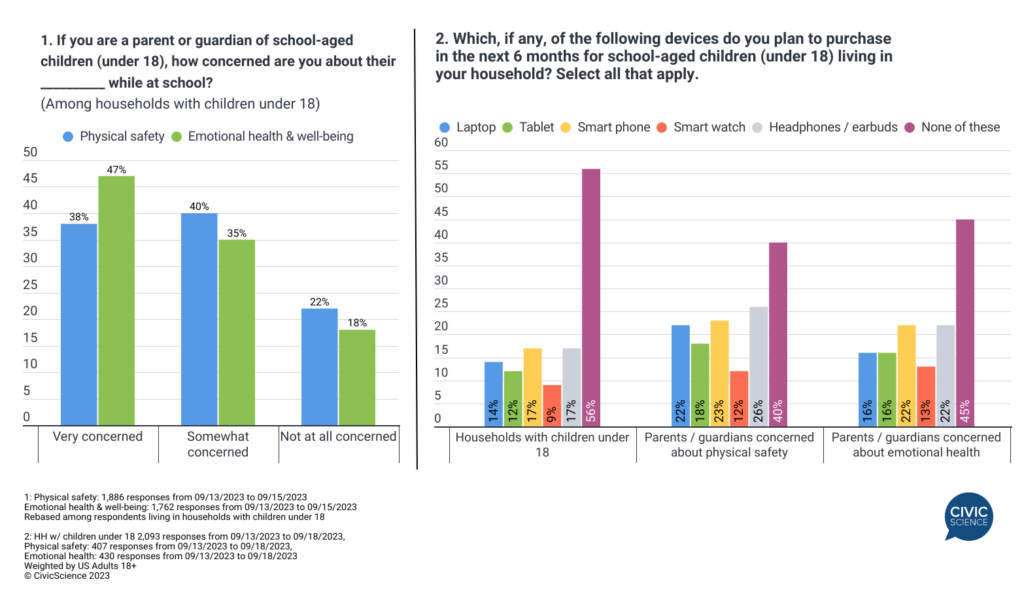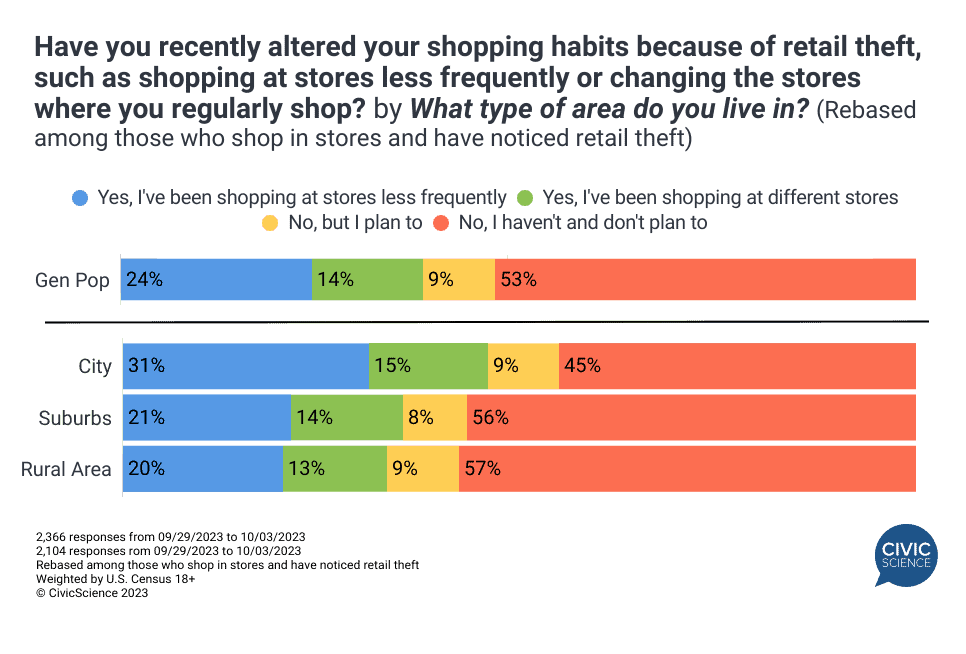Advertisers are killing journalism.
There, I said it.
People have bemoaned journalism’s slow death since the advent of the internet. In theory, digital should’ve been good for newspaper P&Ls, eliminating costly printing presses and delivery. However, those costs also created a barrier. Once they disappeared, anyone with a keyboard could compete for eyeballs. Plus, Craigslist wiped out lucrative classified ads.
Google and Facebook certainly didn’t help. Why bookmark multiple websites and read them “cover to cover,” when you can have everything you want spoon-fed to you by algorithms or your friends? Today, the big platforms refer a fraction of their traffic to news sites.
Tribalism was another profound blow. Publishers either pick a side or one is assigned to them – rightfully or wrongfully – at the slightest hint of bias. Mass media died with the Trump era, opening the door for countless pop-up outlets that prey on our tribal impulses, further chipping away at journalism by a thousand cuts.
But advertisers (and their agencies) are wielding the biggest axe. Ad dollars, not Google or Facebook, power the Internet. Where those dollars go is a conscious choice.
Many major brands nowadays won’t even advertise alongside news as a rule. They worry consumers will punish them for being adjacent to content they don’t agree with. It’s not an irrational fear. Eighteen percent of news consumers say they think less of a brand when it advertises next to something that upsets them. Smart contextual targeting can reduce that risk. And it’s worth it – because readers of professional journalism are an attractive breed of cat, socio-economically speaking.
Here’s another more huge, more obscure problem.
The chart below is from our good friends at Dotdash Meredith, by most accounts, the highest-trafficked media company on the open web. They analyzed all the programmatic ads that hit their sites over the course of a few months and shared the results.

Don’t hurt your brain trying to figure it out. The takeaway is simple. Essentially, ad tech companies (SSPs, if you’re in the trade) “bid” to serve ads at a 6X higher rate to the same 10% of their traffic. The next group slightly less so, and so on. Everyone left of the line was Android/Chrome users. Everyone to the right – roughly 55% of traffic – were iPhone/Safari users, who commanded a fraction of the attention.
Why? Because, thanks to the dubious “cookie,” Chrome users have a ton of creepy surveillance data tethered to them. Privacy-protected Safari users are relative ghosts. As a result, advertisers pay 500% more (see: getting fleeced) to compete with every other advertiser, chasing the same data-laden consumers all over the Internet.
Meanwhile, quality publishers make nickels on the dollar from their largest and arguably most valuable audience. Safari/iOS over-index as younger, more affluent, and highly educated – and significantly over-index as consumers of high-quality news.
The entire deck is stacked against good journalism. And advertisers are dealing the cards.
Here’s what we’re seeing:
Kids seem to be digging out of their pandemic-era learning deficits, but concerns over their emotional well-being and safety persist. Parents are reporting that their K-12 children are struggling less in school – across every subject – than they did at the end of the last spring semester. Worries over kids’ mental health and physical safety are prevalent, however, with nearly half of all parents saying they’re very concerned about their children’s well-being. Physical safety concerns are particularly highly correlated with purchases of technology devices.

Rising retail theft is beginning to affect consumer shopping habits. The rapid increase of in-store thievery and violence has been a theme of retailer earnings calls lately – and shoppers are noticing, too. Roughly 1 in 4 U.S. adults who have noticed theft say they’ve been shopping in stores less frequently because of crime concerns, with another 14% saying they’re shopping at different stores. The shift is especially pronounced in urban areas. No surprise, the trend is accompanied by an increase in online shopping in those same areas.

The Taylor Swift effect on the NFL is very real. I had multiple people ask me about this last week, and ever the crowd-pleasers, we immediately obliged. Twenty-seven percent of Americans and 38% of NFL fans report that they’ve been following the Taylor Swift/Travis Kelce phenomenon of the past few weeks. But the big story is in the demographics. The percentage of overall Gen Zs and Gen Z + Millennial women who identify as NFL Fans has reached record heights in our tracking data. Complain all you want about the incessant camera shots of Swift at the games – but the league knows exactly what they’re doing.

Plans to shop Amazon Prime’s pre-holiday extravaganza are on par with last year. Branded this year as “Amazon Prime Big Deal Days,” the annual event scheduled for Oct 10th and 11th should be another barnburner. Intent to shop is almost exactly the same as we saw just before last year’s event. Among the differences in this year’s data, interest in apparel and electronics is up – with things like water flossers and electric toothbrushes showing notable interest. As we did during Amazon’s summer sales promotion, we’ll be live-surveying shoppers during the event and presenting our results in a webinar the next day. Sign up here if you’d like to hear my dulcet, baritone voice for 30 minutes.

Americans are united in their disdain over the dysfunction of Congress. In our 3 Things to Know this week, we took an early look at the non-economic political issues most concerning U.S. adults going into next year’s election. No surprise, there were partisan differences, with Republicans’ concerns over immigration shooting through the roof. Both parties agree that the ineffectiveness of Congress is a big issue… because it is. We also looked at rising levels of loneliness among young adults and, coincidentally, the percentage of people who go to movies by themselves.

More awesome studies this week:
- Our bellwether Consumer Financial Health Index has reached its lowest point in nearly a year;
- Car buyers will switch brands if their preferred model isn’t available due to the UAW strike;
- The 55+ crowd cares a lot about brand reputation;
- The return of student loan payments will hit Southwest flyers more than Delta flyers, and 4 more notable differences between the two customer groups;
- And 5 interesting insights about people who love doing viral internet trends.
The most popular questions this week:
How would you rank the strength of your singing voice?
How comfortable are you discussing your insecurities with others?
Would you spend the night in an abandoned house alone?
Would you tell someone the name they want to give their baby is bad?
Answer Key: If you don’t know my answer to this one, you must be new here; More comfortable than most; No thanks; Probably not; Sure, as long as that’s the deal.
Hoping you’re well.
JD
Want to see weekly insights from the What We’re Seeing through the lens of your customers? Learn how here.








